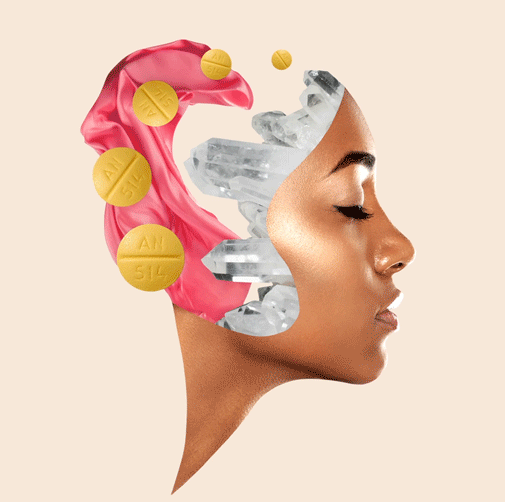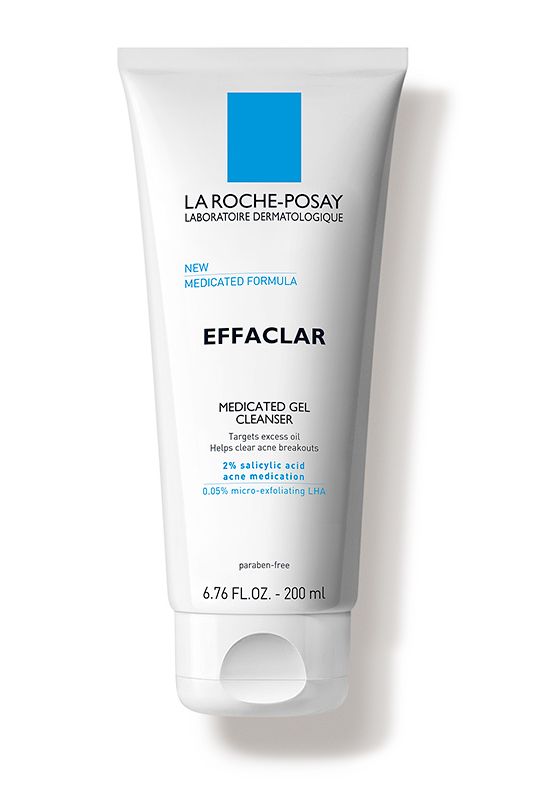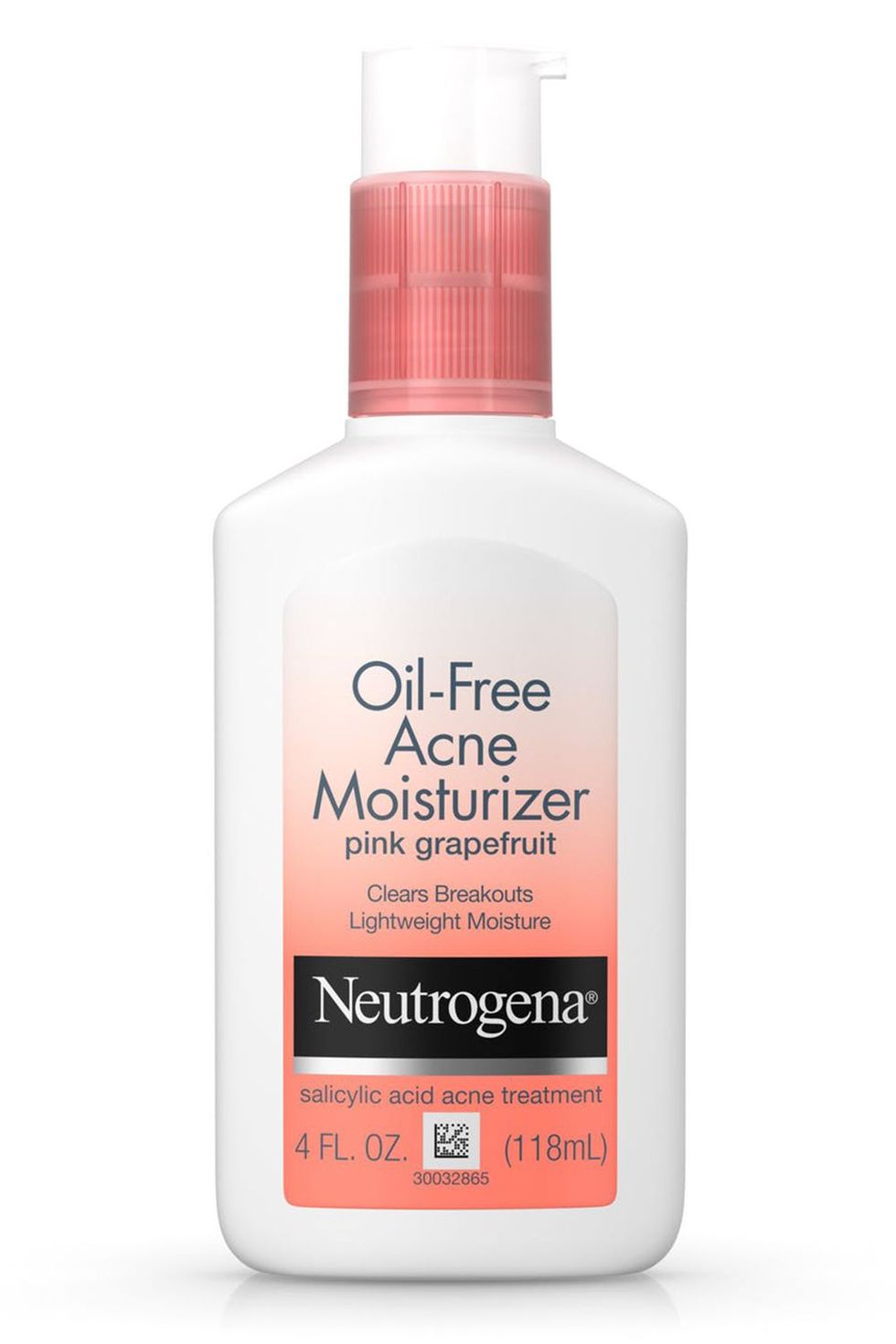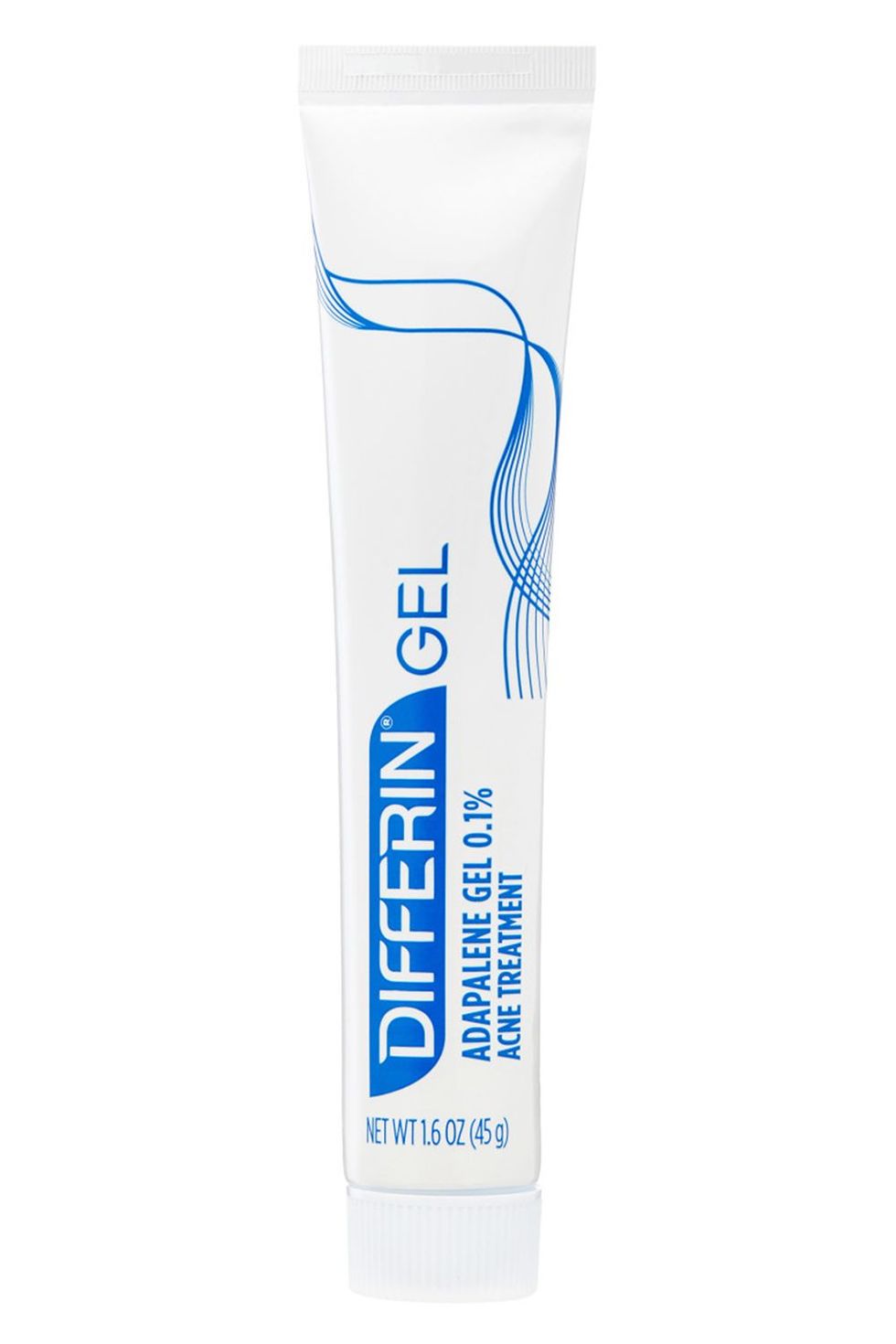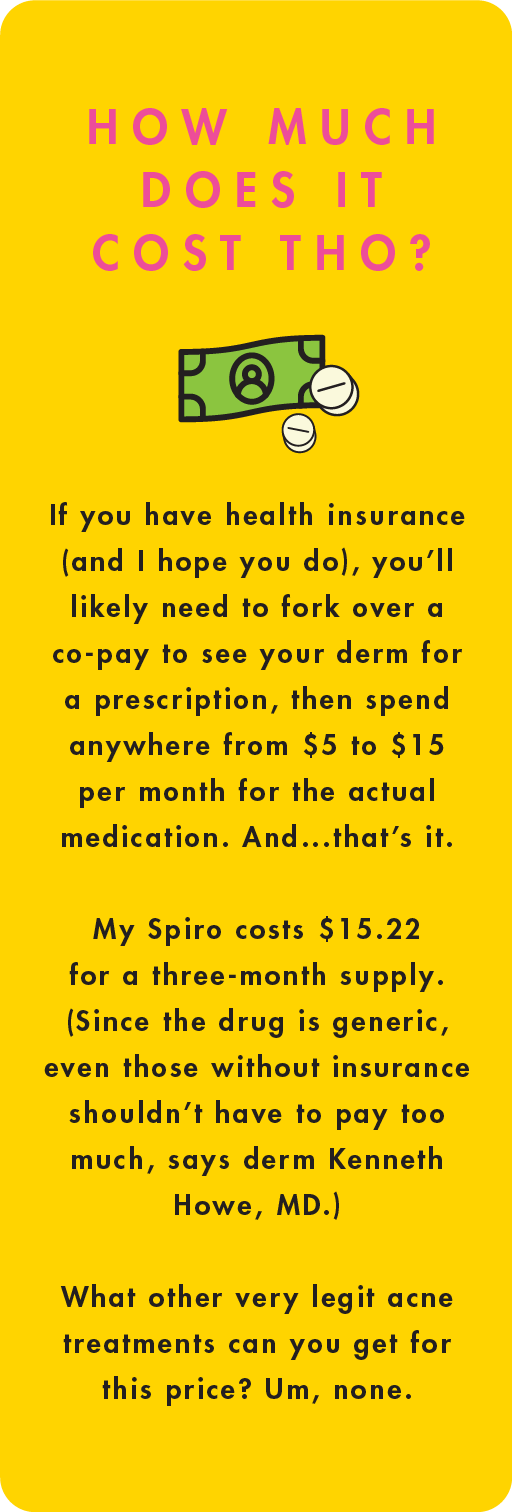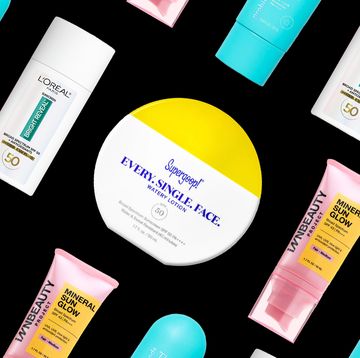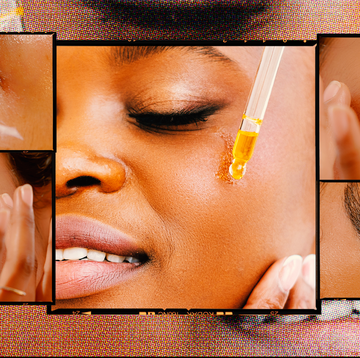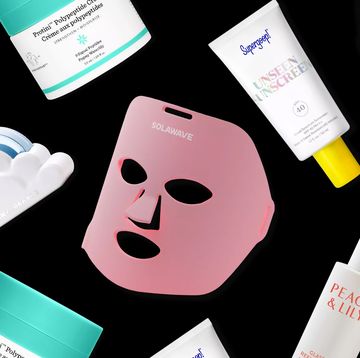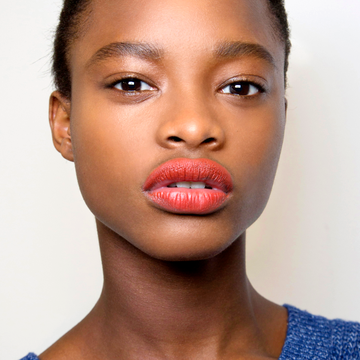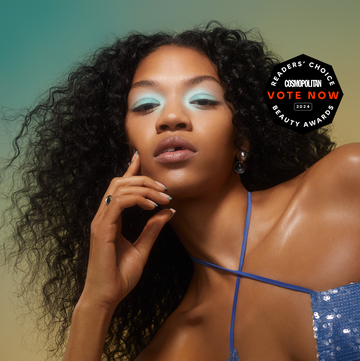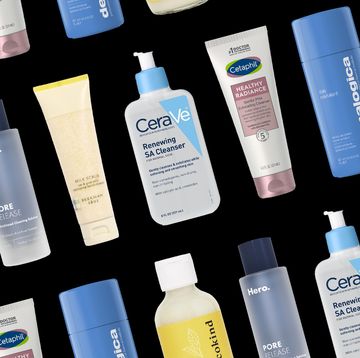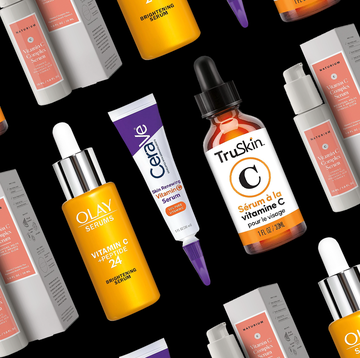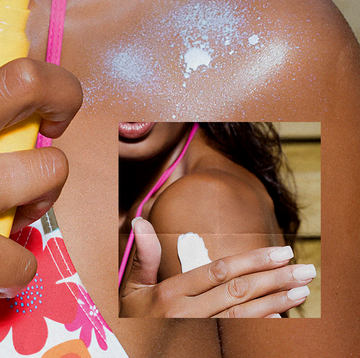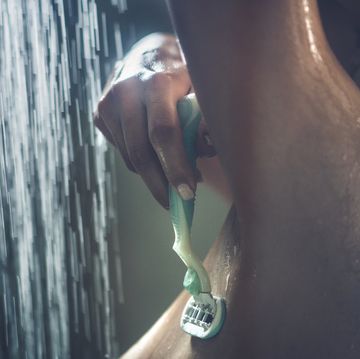As Cosmo’s senior beauty editor, I get these questions all the time. (Okay, I’ve only ever gotten the last one once, but it was the best compliment of my life so just let me live.) I give pretty much the same answer to everyone who asks: spironolactone. It’s my favorite “product,” it’s what I “use” every day, and it’s why my skin is (finally!) clear.
Before I started taking spironolactone for acne, I would regularly break out all over my chin and jawline. The not-cute red cysts didn’t respond to traditional acne meds like retinoids or benzoyl peroxide, took weeks to heal, and took even longer to fade away entirely. You better believe I was sick of living with this on my face and ready to try almost anything, including a prescription that my dermatologist, Kenneth Howe, MD, recommended…spironolactone.
What is spironolactone?
Shocker, but spironolactone isn’t even technically an acne drug. The intended use of the pill is as a high-blood-pressure medication, but more and more dermatologists are prescribing it “off-label” to treat hormonal acne in women.
How does spironolactone work for acne?
The scientific explanation from Dr. Howe: “Spironolactone blocks androgens from binding to receptors in the skin.” Regular-person explanation from me: All women have androgens, aka male sex hormones, floating around in our bodies. We also all have little hormone receptors in our skin, which can sometimes be super “bothered” by androgens. When this happens, our oil glands go into overdrive, leading to, yes, zits (le sigh). Spironolactone works by shielding our sensitive receptors from androgens, preventing pimples from happening in the first place.
How long until spironolactone works for acne?
Most women need to take spironolactone for about four weeks before the androgen-blocking process kicks in. Doses range anywhere from 50 mg to 200 mg a day, depending on the patient’s size and how much acne they have, and some trial and error is pretty standard. “Spironolactone isn’t one of those drugs where it starts to work a little bit, and then you raise the dose and it works much better,” says Dr. Howe. “It only works when you’re at the right level for you.”
Of course, as with all magical things, there’s a catch: Unlike other long-term acne medications, like Accutane, which permanently shrinks oversize oil glands in around six months, spironolactone only works while you’re using it. “While it’s safe long term, I don’t put people on spironolactone for life since hormonal acne doesn’t last forever,” says Dr. Howe. “Typically, I’ll put somebody on it for one to three years and then eventually wean them off once their acne is under control.”
Can everyone take spironolactone for acne?
Yes! Well, maybe. Spironolactone works ~only~ on women (she’s a feminist!) because guys have too many androgens to block successfully. And it’s really ideal for people like me who’ve already tried everything else with zero luck. “For systemic hormonal acne that’s not treatable with topicals like salicylic acid, spironolactone is often the best choice,” confirms Dr. Howe.
What are the side effects of spironolactone?
I’ve gotten really lucky in that the only side effect I’ve experienced is being really thirsty (for water…) and having to pee more than usual because spironolactone is a diuretic. Totally fine, considering my old retinoids used to make my skin flake right TF off.
Other people, though, including some of my coworkers, have gotten less lucky, with dizziness (due to the slight drop in blood pressure), foot and leg cramps, and irregular periods. Spironolactone can also elevate potassium levels. This is NBD if you have normal levels to begin with, but too-high ones can cause an irregular heartbeat. Scary.
Most of this stuff can be resolved by tweaking dosages, says Dr. Howe. Or by simultaneously going on the birth-control pill to even out period probs. I take the pill and spironolactone together and love it, likely because patients on both tend to report even clearer skin. (And while we’re on the topic, I’m just gonna go ahead and say that it’s a great idea to be on birth control while taking spironolactone because pregnancy is a no-no on the drug since it impacts key hormones you need to make a baby. And if you get pregnant with a boy while on spironolactone, he could be born with a micropenis. So.)
And then there’s the testing and retesting. Because of the potassium issue, some MDs require that spironolactone takers come in for monthly checkups before and during treatment. That’s a lot of doc visits. I lucked out on this front too, thanks to Dr. Howe. “High potassium is rare, and I don’t feel it’s worth the trouble to the patient to haul back in here every few weeks for a blood test,” he says. Hard agree. I’ve never gotten a blood test on spironolactone, and I’m fine. (If I had to, I wouldn’t be on the drug—I’m terrified of blood and needles.)
The takeaway
One more reason I’m so happy on spironolactone is that I’m generally lazy about my skincare and beauty routines. I’ll never be that person who uses a ton of serums, multi-masks, or gets regular facials. So for me (and again, I know I’m fortunate), spironolactone actually feels low maintenance.
I’m cool taking a pill every day as long as I don’t have to deal with frequent testing or bigger side effects. Maybe my hormonal acne will chill and I can wean myself off in a year or so, or maybe I’ll want to have a kid and stop taking it cold turkey. But until then? Spironolactone is still going to be the answer to any- and everyone who asks about my skin.
Lauren Balsamo is deputy beauty director at Cosmopolitan, where she writes, edits, and produces all types of beauty content—from product reviews to personal essays and trend reports. She has covered beauty for nine years at Cosmopolitan and has contributed to Women’s Health and Seventeen magazines as well. Follow her on Instagram.
